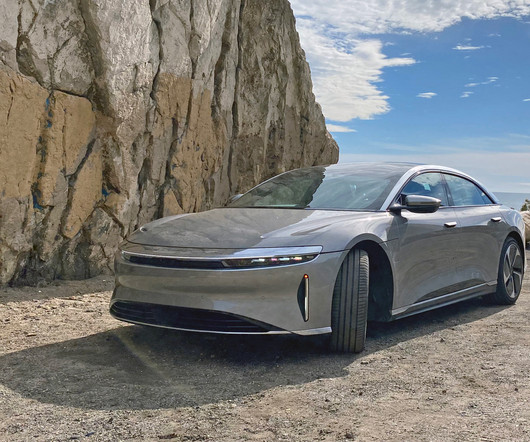Audi updates A3 Sportback g-tron with increased tank volume for greater natural gas range
Green Car Congress
MARCH 8, 2019
To enable the four-cylinder engine to run on these fuels, Audi engineers modified its cylinder head, turbocharging, fuel injection system and catalytic converter. Compared to gasoline, combustion of natural gas emits 25% less CO 2 due to the lowest carbon content of all hydrocarbons. In addition, particulate emissions remain very low.











Let's personalize your content